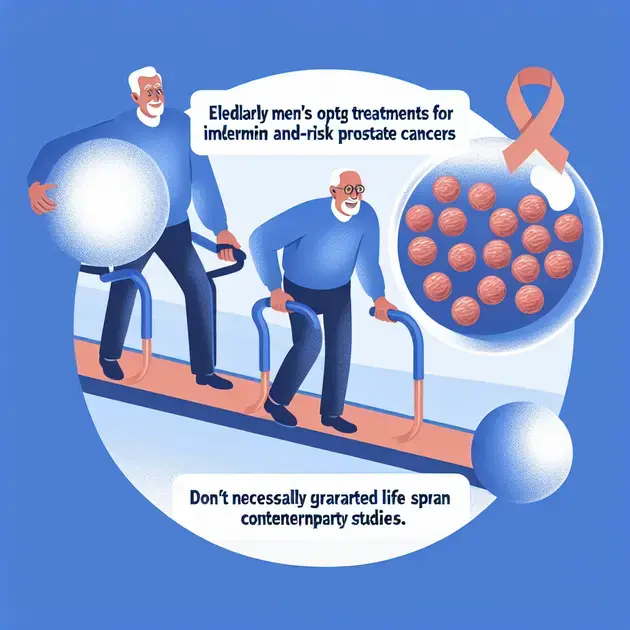Prostate cancer is a prevalent form of cancer among older men, and it is crucial to thoroughly weigh the risks and benefits of treatment options. The study highlights the need for a more discerning approach to prostate cancer treatment decisions, particularly in cases where the potential side effects can greatly affect the patient’s quality of life. Risky treatments, such as radiation therapy or surgery, often result in complications such as erectile dysfunction, incontinence, and diminished overall functioning. For older men with limited life expectancies, these adverse effects may outweigh any potential benefits gained from extending their lifespan.
Healthcare professionals should closely collaborate with patients to ensure treatment decisions are made with consideration for individual circumstances, including age, overall health, and projected life expectancy. Shared decision-making, involving open discussions between doctors and patients about the risks and benefits of different treatment options, should play a central role in determining the most appropriate course of action.
Additionally, the study emphasizes the importance of raising awareness about alternative strategies for managing intermediate-risk and high-risk prostate cancers in older individuals. Active surveillance, for example, involves closely monitoring the progression of the disease and initiating treatment only when necessary. This approach aims to minimize unnecessary interventions and enhance the patient’s quality of life.
In conclusion, the growing number of older men in the United States who choose treatments with potential side effects and limited life extension benefits for intermediate-risk and high-risk prostate cancers is a worrisome trend. Healthcare professionals must prioritize personalized treatment decisions based on the unique circumstances of each patient, considering both the potential risks and benefits. Raising awareness about alternative management approaches, such as active surveillance, is also essential to empower patients to make informed choices. Ultimately, improving quality of life should be a primary consideration in the treatment of prostate cancer in older men.
